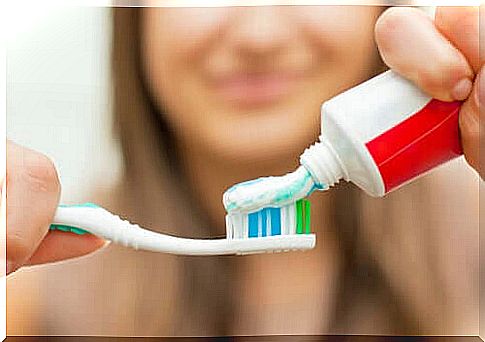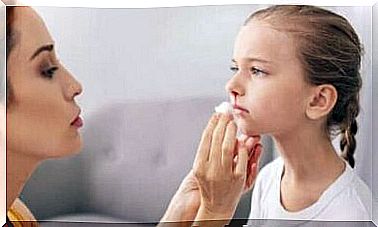Oral Hygiene With Orthodontics: Learn About Its 7 Key Elements

If you wear braces, oral hygiene can become a real challenge. At the same time, keeping the oral cavity clean is essential for the success of treatment. In addition, it also prevents problems such as tooth decay, gingivitis, and more.
The person wearing braces or other devices, especially if they are permanently attached, will have to put a lot of effort into cleaning the mouth. He needs to spend more time doing this and use all the tools at his disposal for oral hygiene to do its job.
However, the key elements of good oral hygiene with orthodontics are nothing really extraordinary. It is nothing more than simple actions that, however, require more time than usual. But at the same time, they also guarantee that you won’t have additional problems in the future. Later in this article, we present the 7 key steps to caring for your mouth while wearing the braces.
1. Oral hygiene with orthodontics requires changing brushing habits
The most important measure for proper oral hygiene with orthodontics is proper brushing. This should be done at least three times a day. However, it is also advisable to brush your teeth after eating anything or drinking some sweet drink.

Evening brushing is the most important thing, and you should spend more time doing this. It is best to gently brush each tooth separately, on both sides and in the interdental spaces. Proper brushing is the main way to combat plaque.
2. Toothbrush and oral hygiene
There are special toothbrushes for oral hygiene with orthodontics. They are V-shaped for easy cleaning around the camera supports. However, many experts believe that the ideal solution is to use an electric brush.
Rechargeable electric toothbrushes with oscillating technology are the best. Choose a head suitable for orthodontic appliances. It is much better if the brush also has a pressure sensor. This will prevent too much brushing that could damage the braces.
3. Special toothpaste with orthodontics
As a rule, it is best to use fluorinated toothpaste. It helps to increase the tooth’s resistance to decay and has a gentle effect. However, abrasive toothpastes are not recommended because they usually damage the enamel of the teeth and may also disrupt the orthodontic appliance.
4. Dental floss
Whether you have braces or not, floss should always be used. If you wear your brace, even if you brush very carefully, there will always be areas you can’t reach. Dental floss allows for better care of the interdental spaces, thanks to which proper oral hygiene is ensured even in the case of orthodontics.

The elements of the braces make small food remnants more often remain in the spaces between the teeth, and make them difficult to notice. It is best to use waxed floss and, if possible, with a threader, i.e. a loop. You have to move them gently up and down over your teeth. Then clean all interdental spaces thoroughly.
5. Staining fluid for dental plaque
Plaque staining fluid is very useful for identifying areas where there is even a minimal amount of calculus. You can’t just rely on brushing, especially if you wear a fixed orthodontic appliance. In this case, it is even more difficult to identify the areas where plaque is deposited and even harder to reach them.
The stone identification liquid should be used after brushing. Not only does it indicate areas you need to brush again. This special product also stains those points where oral hygiene has not been properly carried out.
6. Rinse and oral hygiene
The mouthwash is simply essential for people with orthodontic appliances. It is used after brushing. Its main function is to eliminate bacteria and other microorganisms that can harm the mouth.

There are mouthwashes specially formulated for people who wear some type of orthodontic appliance. They have ingredients that do not destroy the composition of the devices worn in the mouth. In any case, a good mouthwash with fluoride is great for protecting tooth enamel.
7. Use of an irrigator
The dental irrigator perfectly complements the cleaning and ensures good oral hygiene with orthodontics. Do not forget that in some cases, especially when you have a camera, you are not able to mechanically eliminate all impurities. There are always a large number of areas where very fine food remains accumulate and go unnoticed.
The irrigator uses a pulsating stream of water that reaches all corners of the mouth. It is a completely safe and very effective device for people who require special oral hygiene treatments. There are several types of irrigators on the market, ranging from the simplest to those with sophisticated functions.
To sum up
During orthodontic treatment, it is imperative that you take care of your oral hygiene habits. Therefore, it is recommended to brush more often and choose the right toothbrushes. In addition, it is also advisable to use other accessories such as floss and rinse aid. Of course , regular check-ups at the orthodontist will also be necessary.









